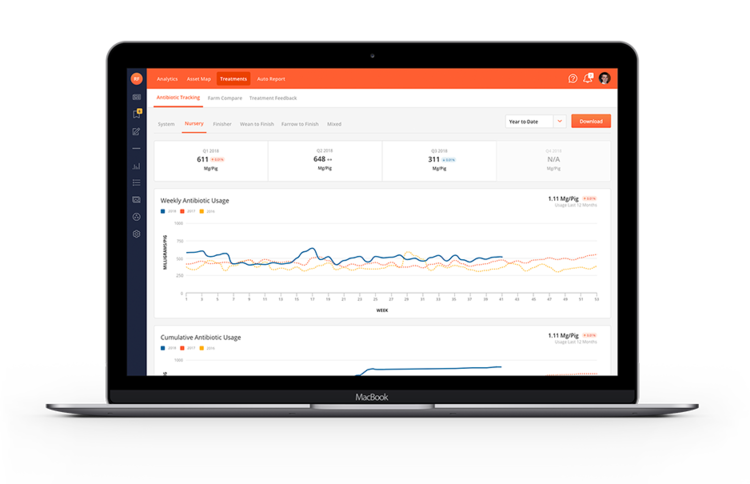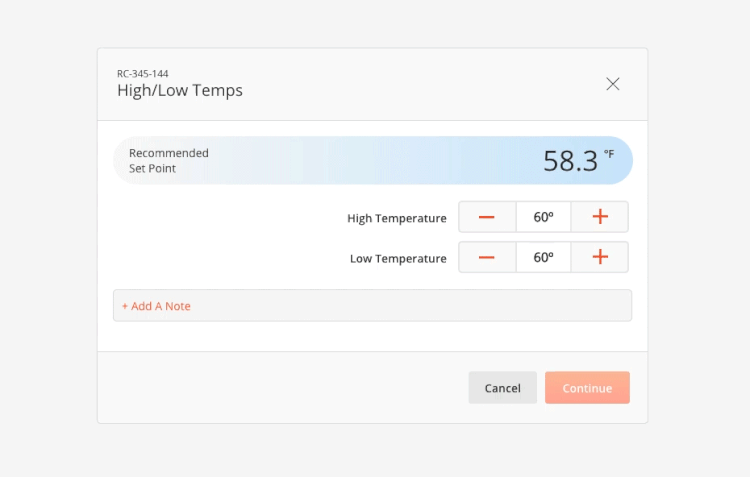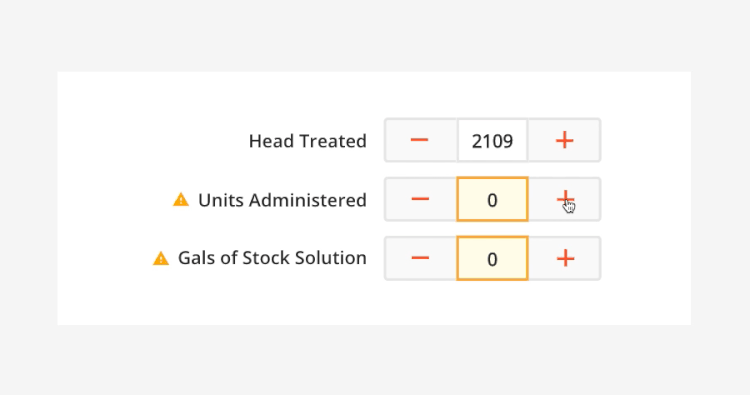Why The Way You Collect Farm-Level Data is as Important as What Data You Collect.
The case for structured data in pork production.
Many pork producers think being “data-driven” implies collecting farm data by any means possible. However, that’s not being data-driven. That’s what we call being “data collection-driven.” Before continuing, we should discuss the meaning of the word “data.” According to the Cambridge Dictionary, “data is information, especially facts or numbers, collected to be examined and considered and used to help decision-making.” The pork production industry typically deals with two types of data, unstructured and structured data.

Unstructured data or “Qualitative data” is typically information that does not have a predefined data model or is not organized in a predefined way. Analytics software can not handle unstructured data, making it hard to export, warehouse, and arrange in a database. Sound familiar? If yes, you’re probably collecting a lot of unstructured data in your operation. You’re also possibly up to your neck in data entry and manual analysis.
[With EveryPig] You don’t need to create custom surveys, export data to spreadsheets, or fiddle with databases to get clean, actionable data.
Structured data or “Quantitative data” on the other hand, is a collection of real facts and numbers that can be processed by analytics software. Because the information is structured, it can be used to generate actionable outcomes. For example, when an analytics tool like EveryPig sees an increase in death loss coupled with realtime and historical treatment data (and over 150 other metrics), it can recommend a course of action to head off a further increase in death loss. Actionable outcomes are what make structured quantitative data so powerful.
There are several online data collection platforms on the market that modern pork producers use to collect data at the barn-level in both structured and unstructured formats. If you are currently using one of these, which type of data are you receiving? As a business, it’s vital that you understand the value of structured data to your bottom line. If the product you are currently using requires you to create “Custom Surveys,” then you are probably working with “Unstructured data,” and you’re missing out on the power of structured data.
Ask yourself, “how quickly do I get notified of farm-level health issues in our current data collection environment.” If you didn’t answer “immediately,” then like the majority of the industry, you’re missing a large percentage of these issues…
Ask yourself, “how quickly do I get notified of farm-level health issues in our current data collection environment.” If you didn’t answer “immediately,” then like the majority of the industry, you’re missing a large percentage of these issues, and it’s hitting your bottom line hard. The answer is structured data collection powering real-time alerts and real-time communication.
EveryPig prides itself on providing structured barn-level data collection made exclusively for the pork production industry. Structured data collection allows us to offer plug-and-play solutions that out-of-the-box help you collected and track valuable real-time data. Meaning, you don’t need to create custom surveys, export data to spreadsheets, or fiddle with databases to get clean, actionable data.

Out-of-the-box, the EveryPig Daily Checkup collects movement, mortality, medication, symptom, temperature, and water usage data. Users in the field can also enter notes, and upload photos, videos, and audio recordings. Because the data collected is tied to a structured database, we offer light automation and self-learning algorithms on top of it. This automation means that when something looks out wack on a farm, EveryPig can quickly alert caregivers, managers, veterinarians, and admin users to the issue IN REAL-TIME. Furthermore, users can communicate back-and-forth about the problem on the Farmfeed™—a historical newsfeed of all system-wide problems. Meaning, current problems are solved fast, future problems get illuminated, and your company saves time and money.

The ability to spot the symptoms of ASF and other infectious diseases quickly may be the difference between containment and bankruptcy.

With the threat of African Swine Fever (ASF) looming over the pork industry, it’s more important than ever that pork producers adopt a structured data approach. The ability to spot the symptoms of ASF and other infectious diseases quickly may be the difference between containment and bankruptcy.
The pork production industry in North America produces an unimaginable amount of data. During the last 30 years, we have seen a shift to fewer and larger production operations. With this shift, efficiencies have improved as well as the quality of the product, but data collection and storage still lag other industries. It’s time your company makes the switch to a modern data collection platform built specifically for pork production. After all, you don’t use the same cell phone you did in 1999, so why are you relying on the software and processes created 20-30 years ago?
EveryPig is cutting edge technology that powers the future of pork production. Join the growing list of industry leaders who are switching to EveryPig. Contact us at hello@everypig.com for more information on how you can make the switch to EveryPig today.
